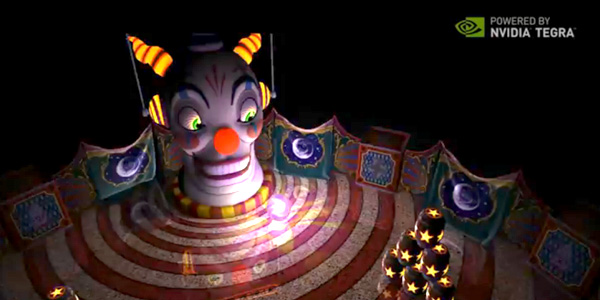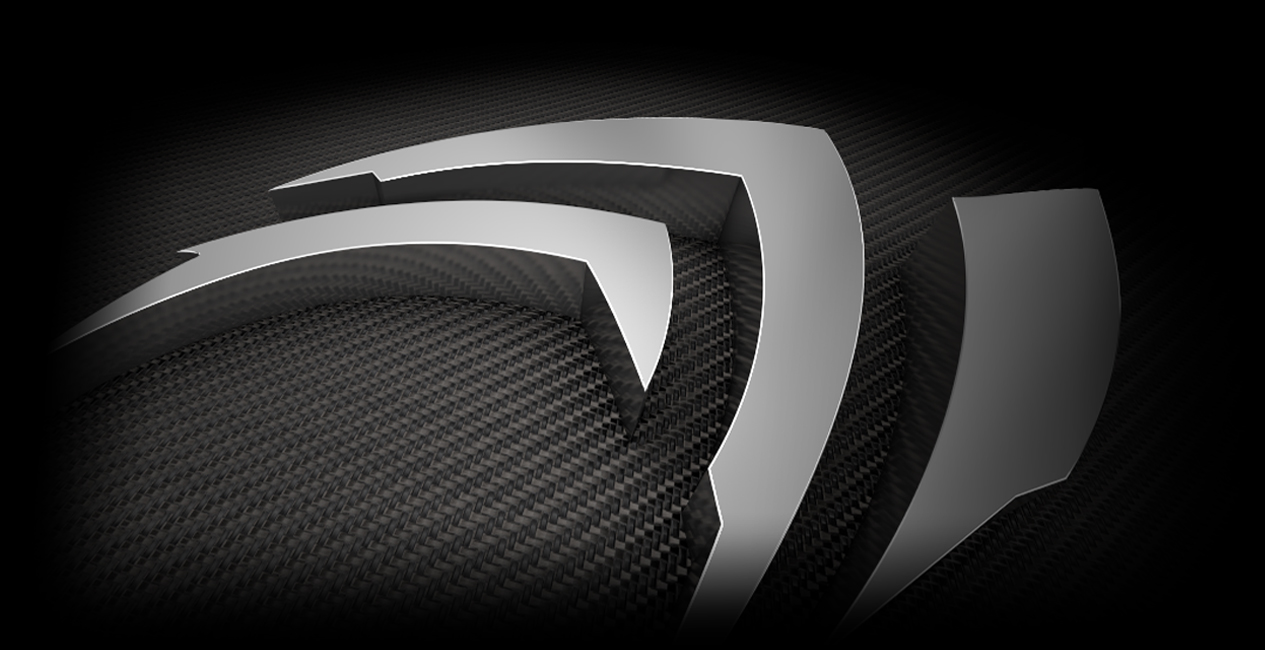 Nangang 4F M419
Nangang 4F M419  Nangang 4F L1032
Nangang 4F L1032  Nangang 4F L407
Nangang 4F L407  Nangang 4F M620
Nangang 4F M620  Nangang 4F N606
Nangang 4F N606  Nangang 4F L1026
Nangang 4F L1026  Nangang 4F L1018
Nangang 4F L1018  Nangang 6F 609
Nangang 6F 609  Nangang 4F L607
Nangang 4F L607  Nangang 4F L108
Nangang 4F L108  Nangang 4F M435
Nangang 4F M435  Hall1 D315
Hall1 D315  Nangang 4F M311a
Nangang 4F M311a  Nangang 4F N1030
Nangang 4F N1030  Hall1 D002
Hall1 D002  Nangang 4F L229a
Nangang 4F L229a  Hyatt hotel # 1145/1146
Hyatt hotel # 1145/1146  Nangang 4F L118
Nangang 4F L118  Nangang 1F I1510
Nangang 1F I1510  TICC T210C
TICC T210C  Nangang 4F M1009
Nangang 4F M1009  Nangang 4F L317a
Nangang 4F L317a  Nangang 4F L1017
Nangang 4F L1017
-
Project Kal-El Demo Previews
Future of Mobile Gaming
A few months back, we unveiled Project Kal-El – our next-gen Tegra super chip – as the world’s first mobile quad-core processor. Kal-El combines a battery-friendly, powerhouse of a quad-core processor with a 12-core NVIDIA GPU that supports 3D stereo.
Given that dual-core processors are already on market, you might be wondering how Project Kal-El’s quad-core technology will improve the mobile experience. Rather than try to explain it, we’ve put together a hands-on demo to give you a sneak peek at the new capabilities coming to superphones and tablets later this year.
The ball serves as the light source. As it rolls, it casts its effect on different objects. This shows off the power of true dynamic lighting, rendered in real-time with physics (no canned animations here, folks). Thanks to Project Kal-El, Glowball’s true dynamic lighting brings more life and interactivity to a 3D environment. This marks the first time this type of lighting is feasible on a mobile device.
Glowball also leverages the accelerometer inside the device, affecting real-time movements of drapes throughout the game. As the user tilts the device, the gravity in the scene changes and drapes respond accordingly.
The movements are calculated using physics and are simulated across Project Kal-El’s four CPU cores. Again, no canned animations. As the ball rolls through the drapes, they respond how you’d expect them to in real life. In addition, as the ball collides into the jack-in-the-boxes and barrels, the scene responds. Notice how the visual quality degrades when only two CPU cores are used. It’s clear that the quad-core processor in Project Kal-El is required for this level of realism.
Let us know what you think of the new demo. And stay tuned as we reveal more about the new mobile experiences coming to consumer devices with Project Kal-El.




